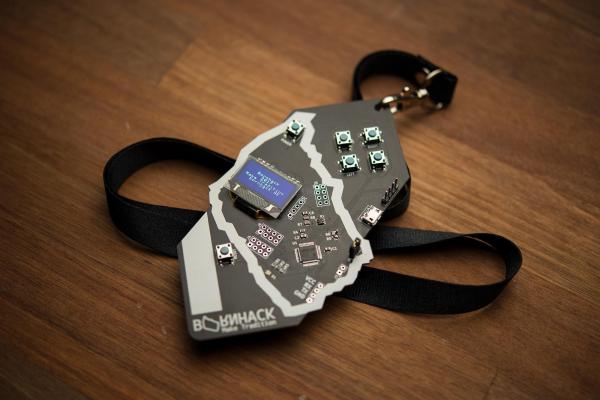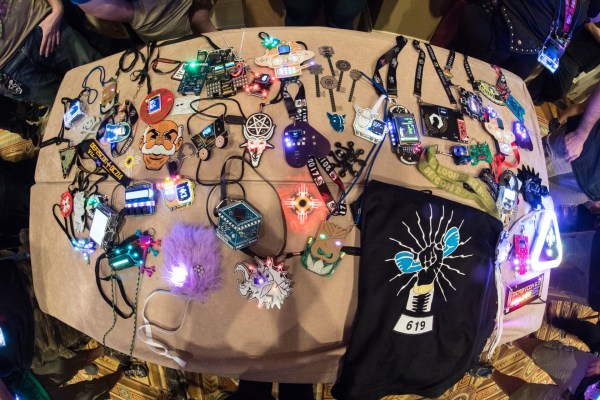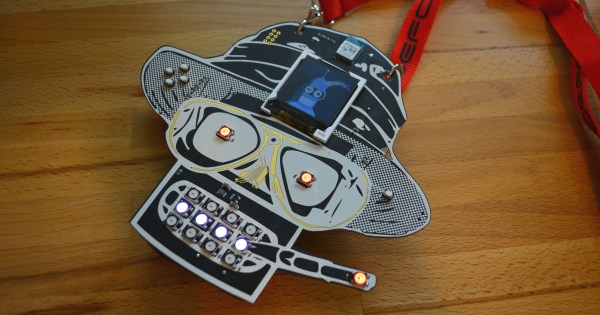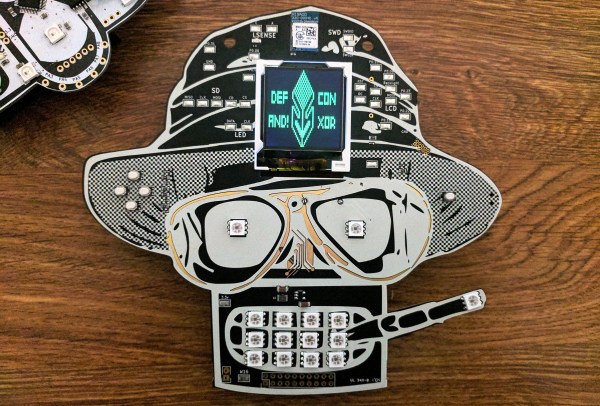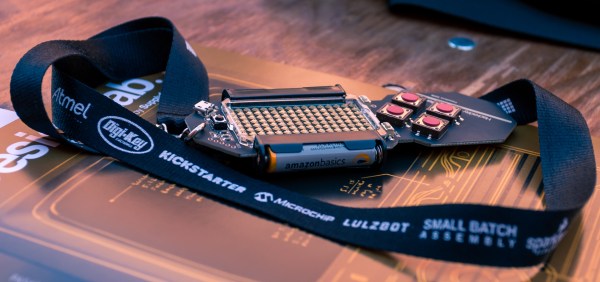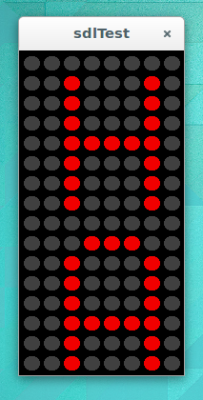If you’re a fan of outdoor hacker camps, or if you’re a SHACamp attendee who’s still coming down from the event high, you may already know about the upcoming BornHack 2017 hacker camp on the Danish island of Bornholm, from the 22nd to the 29th of this month. It’s a smaller camp than many of the others on the calendar, but it makes up for that with a quite reasonable ticket price, a much longer duration, and a location that is a destination in itself.
Today we have news of the BornHack badge announcement, and though the details are a little sketchy it’s safe to say that there should be plenty there to keep attendees occupied. The irregularly-shaped PCB contains a Silicon Labs “Happy Gecko” EFM32 ARM Cortex M0 microcontroller, a 128×64 pixel OLED display, and the usual array of I/O lines. There is no information about its connectivity as it seems the BornHack folks prefer to run a teaser campaign, but we’d be surprised if there wasn’t some kind of wireless module on the reverse.
Barring a transportation miracle it’s unlikely that any of the Hackaday team will be making it to BornHack, but that’s our loss. It may not be one of the larger camps, but it looks to offer no less of the atmosphere you’d expect from a European hacker camp. At the time of writing there are still BornHack tickets to be had, so head on over to their website if you fancy a week at a hacker camp on a Danish island.

